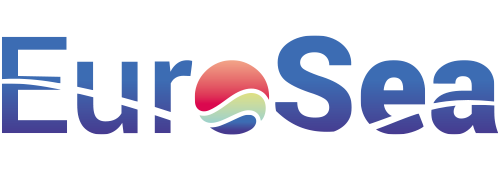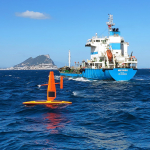EuroSea, among a number of other initiatives, has been contributing to the Global Ocean Data Analysis Project (GLODAP). GLODAP enables quantification of the ocean carbon sink, ocean acidification, and evaluation of ocean biogeochemical models. This is achieved by collecting ocean biogeochemical data from surface to bottom through the chemical analysis of water samples. Data for 12 core variables (salinity, oxygen, phosphate, nitrate, silicate, dissolved inorganic carbon, total alkalinity, pH, CFC-11, CFC-12, CFC-113 and CCl4) are subjected to primary and secondary quality control to identify outliers and correct for measurement biases. GLODAP is publicly available, discoverable, and citeable.
New paper titled ‘A vision for FAIR ocean data products’, co-authored by EuroSea coordinator Toste Tanhua, has been released in Nature Communications. The paper highlights the importance of the high-quality physical and biogeochemical data collated in GLODAP for quantifying and monitoring the ocean carbon cycles and related biogeochemical Essential Ocean Variables (EOVs). This is key to deliver information for science and policy stakeholders (e.g. the IPCC and the Global Climate Observing System).
This paper has been informally known as the GLODAP Manifesto. Following the FAIR data principles (findable, accessible, interoperable, and reusable) in GLODAP requires substantial upgrades to the existing data extraction system to benefit various users and their growing needs. Recognizing that GLODAP, just like SOCAT and other ocean data synthesis products, remains a largely unfunded, community effort, the paper calls for building and supporting a sustained infrastructure and associated resources to ensure that GLODAP continues to provide the global community with a unique service, the importance of which will only increase as we step up our climate mitigation and adaptation efforts.
The paper is available in open access – here; to be cited as follows: Tanhua, T., Lauvset, S.K., Lange, N. et al. A vision for FAIR ocean data products. Commun Earth Environ 2, 136 (2021). DOI: https://doi.org/10.1038/s43247-021-00209-4.

